Drug Use: History, Regulations, and Drug Types
Drugs have been part of human history for centuries, with substances like opium dating back to 9th century B.C.E. Throughout time, people have both used and abused drugs. In Ghana, cannabis is the most common illicit drug, but recent years have seen a rise in tramadol abuse. The Narcotic Control Commission oversees drug regulation, focusing on prevention and treatment. In the U.S., opioids, cocaine, and methamphetamine dominate the drug scene, with the opioid crisis sparked by overprescription in the late 1990s. The DEA enforces regulations under the Controlled Substances Act (1970). Drugs alter the brain’s chemistry, making it difficult to quit without professional help. The global burden of addiction is significant, with millions of people affected by various substances. Effective treatment and harm reduction strategies are essential to combat this issue.
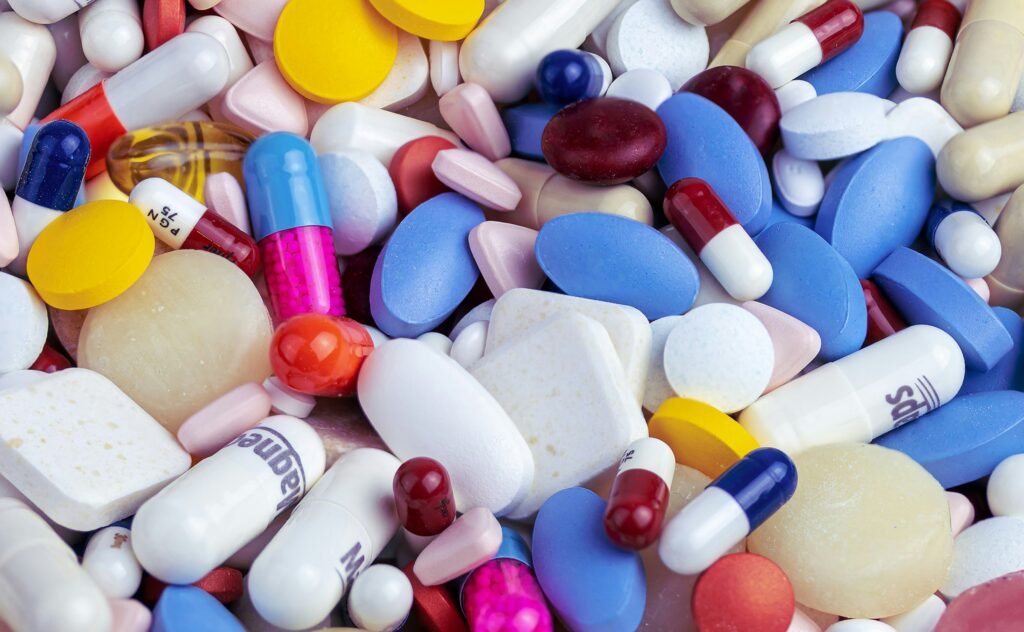
Opioids
Understanding the Impact of Opioids
Opioids are powerful drugs used to manage pain, but they come with a high risk of addiction and abuse. These drugs, including prescription painkillers like oxycodone and illicit substances like heroin, affect the brain by binding to opioid receptors, reducing pain but also creating a euphoric effect. Misuse can lead to physical dependence, overdose, and even death. The opioid crisis has caused widespread social, health, and economic challenges, highlighting the need for better regulation, education, and treatment options.
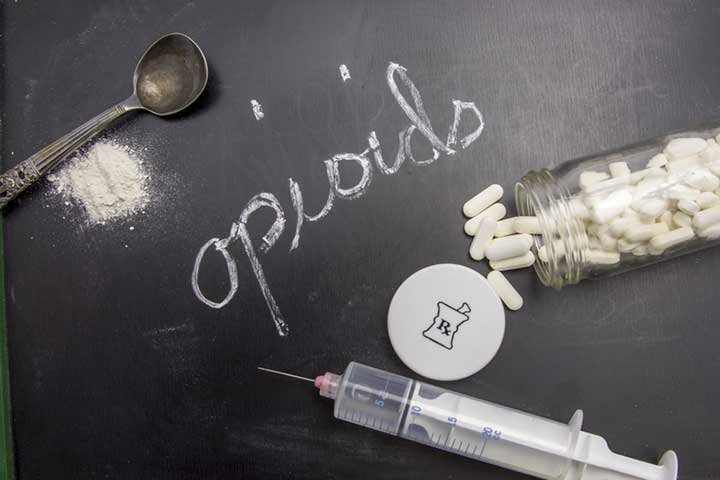
Pharmacological Effects of Opioids
Opioids exert their effects by binding to specific receptors in the brain, spinal cord, and other organs, primarily reducing the sensation of pain. They also produce feelings of euphoria, which can lead to misuse and addiction. Regular use of opioids can cause tolerance, requiring higher doses for the same effect, and dependence, where the body adapts to the presence of the drug. Side effects may include drowsiness, nausea, constipation, and in severe cases, respiratory depression, which can be life-threatening, especially in cases of overdose.
Addiction Rates and Statistics
Prescription Opioids: According to the World Health Organization (WHO), about 15 million people worldwide suffer from opioid dependence.
Heroin is an example of an opioid, and it’s highly addictive. The United Nations Office on Drugs and Crime (UNODC) estimates that there are around 10 million heroin users worldwide. Heroin, derived from morphine, creates powerful euphoric effects but also comes with a high risk of overdose, addiction, and severe health issues. Addressing heroin use is a significant part of global efforts to combat opioid abuse and its widespread impact on health and society.

Opioid Addiction
Treatment often includes:

Stimulants
Understanding the Impact of Stimulants
Stimulants are a class of drugs that enhance brain activity, increasing alertness, energy, and attention. Common stimulants include caffeine, nicotine, amphetamines, and cocaine. While they can be used medically to treat conditions like ADHD and narcolepsy, they are also prone to misuse, leading to addiction, heart problems, anxiety, and insomnia. Long-term stimulant abuse can cause serious physical and mental health issues, including dependence, cardiovascular complications, and heightened risk of overdose. Public health efforts focus on education and treatment to mitigate these effects.
Pharmacological Effects of Stimulants
Stimulants boost dopamine levels in the brain, improving mood, energy, and alertness. However, they can also increase heart rate, blood pressure, and body temperature. Chronic use may lead to serious mental health issues such as paranoia, hallucinations, and aggressive behavior. Long-term abuse can result in dependence and other severe health risks.
Addiction Rates and Statistics
- Cocaine: The World Health Organization (WHO) reports that approximately 18 million people globally use cocaine.
- Amphetamines: Around 27 million people worldwide use amphetamines, including methamphetamine.
Stimulant Addiction
Treatment typically involves:

Depressants
Understanding the Impact of Depressants
Depressants are substances that slow down brain function and the central nervous system, often prescribed to treat anxiety, insomnia, and muscle tension. Common depressants include alcohol, benzodiazepines, and barbiturates. While they can promote relaxation and reduce stress, they also carry the risk of addiction and overdose. Prolonged use can lead to tolerance, physical dependence, and withdrawal symptoms. Misuse of depressants can impair cognitive function, coordination, and lead to life-threatening respiratory depression, especially when combined with other substances like opioids.
Pharmacological Effects of Depressants
Pharmacological Effects: Depressants slow brain function by increasing the activity of gamma-aminobutyric acid (GABA), a neurotransmitter that reduces brain activity. This leads to drowsiness, relaxation, and decreased inhibition. However, depressants can also result in memory impairments, lower blood pressure, and slowed breathing.
Addiction Rates and Statistics
- Alcohol: The World Health Organization (WHO) reports that over 107 million people globally suffer from alcohol use disorders.
- Benzodiazepines: Approximately 1.2% of the global population has used benzodiazepines in the past year.
Depressant Addiction
Treatment typically involves:
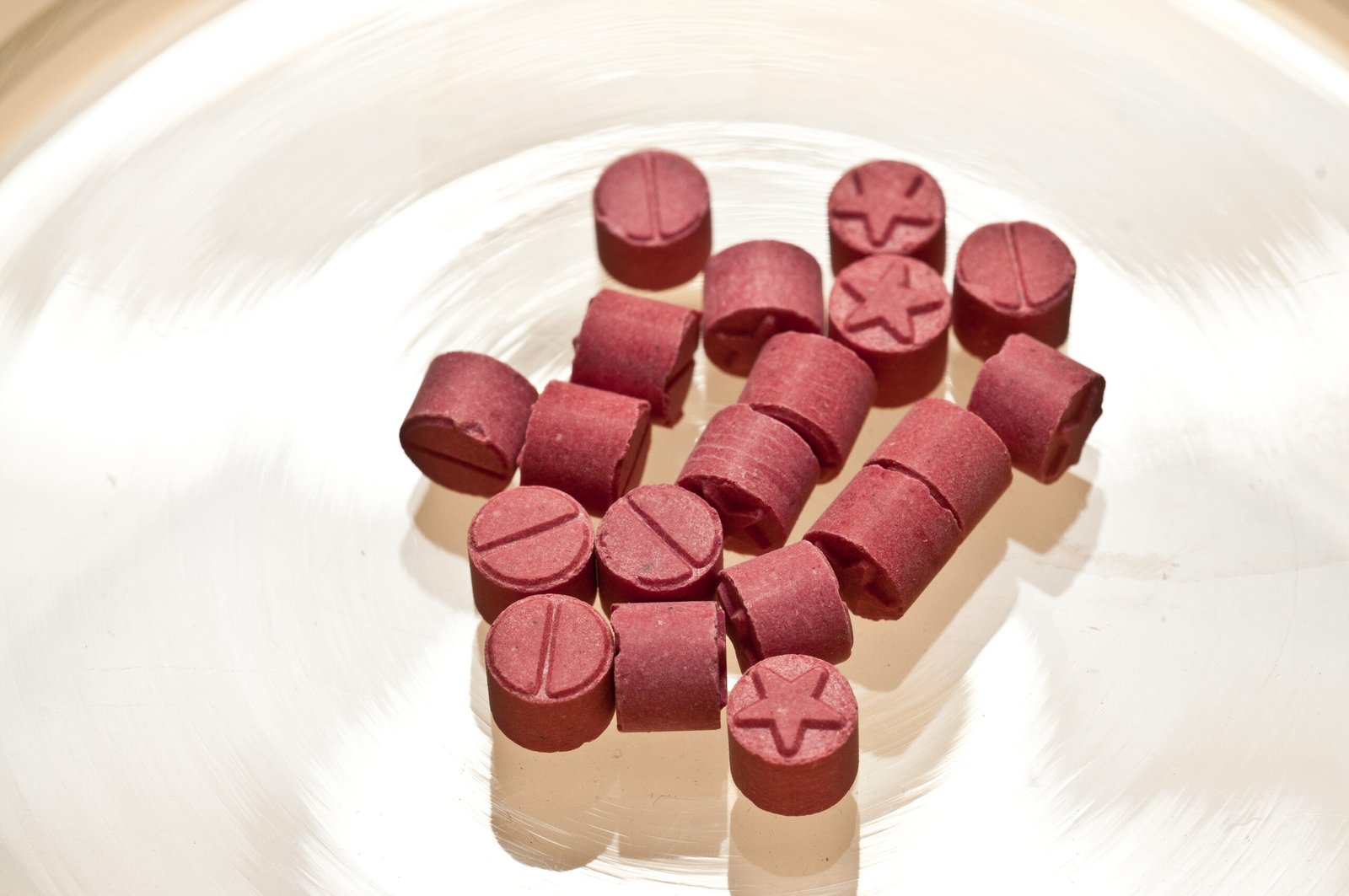
Hallucinogens
Understanding the Impact of Hallucinogens
Hallucinogens are substances that alter perception, mood, and cognitive processes, leading to visual and auditory hallucinations. Common hallucinogens include LSD, psilocybin (magic mushrooms), and mescaline. While some users seek these substances for spiritual experiences or creativity, they can also cause anxiety, paranoia, and long-term psychological effects, including persistent changes in perception. The unpredictable nature of hallucinogen effects poses risks, particularly in vulnerable individuals. Awareness of their potential impact is essential for informed decision-making regarding use.
Pharmacological Effects of Hallucinogens
Pharmacological Effects: Hallucinogens primarily affect serotonin receptors in the brain, leading to altered perceptions, mood changes, and hallucinations. They can also cause increased heart rate, nausea, and intensified sensory experiences.
Addiction Rates and Statistics LSD: While not typically associated with physical dependence, LSD can lead to psychological addiction. Usage rates are lower compared to other substances, with about 0.4% of the global population having used LSD.
Hallucinogen Addiction
Treatment options include:
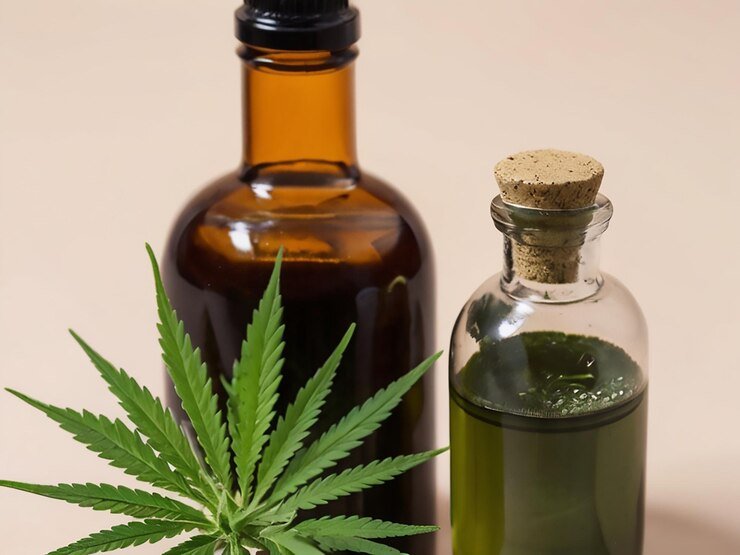
Cannabinoids
Understanding the Impact of Cannabinoids
Cannabinoids, the active compounds in cannabis, interact with the body’s endocannabinoid system, affecting mood, appetite, and perception. THC (tetrahydrocannabinol) produces psychoactive effects, while CBD (cannabidiol) is non-intoxicating and often used for therapeutic purposes. While cannabinoids can offer pain relief, anxiety reduction, and anti-inflammatory effects, they also carry potential risks, including addiction, impaired cognitive function, and mental health issues. Understanding their effects is crucial for informed use, especially as legalization increases in many regions.
Pharmacological Effects of Cannabinoids
Pharmacological Effects: Cannabinoids interact with the endocannabinoid system in the brain, affecting areas involved in memory, pleasure, coordination, and time perception. While they can produce relaxation and euphoria, they can also impair short-term memory and motor coordination.
Addiction Rates and Statistics
Marijuana: The WHO estimates that around 192 million people use marijuana globally.
Cannabinoid Addiction
Treatment typically involves:

Inhalants
Understanding the Impact of Inhalants
Inhalants are volatile substances that produce psychoactive effects when inhaled, including solvents, aerosols, and gases. They can create a quick, euphoric high, but their use is highly dangerous and can lead to serious health risks, including brain damage, respiratory failure, and sudden death from asphyxiation or cardiac arrest. Chronic use can result in addiction and long-term cognitive impairment. Awareness of the severe consequences of inhalant abuse is crucial for prevention and education efforts.
Pharmacological Effects of Inhalants
Pharmacological Effects: Inhalants produce effects by displacing oxygen in the lungs and central nervous system, leading to a rapid high. They can cause dizziness, euphoria, and hallucinations but also pose severe risks like sudden sniffing death syndrome.
Addiction Rates and Statistics
Inhalants: Usage is more common among younger populations, with about 0.8% of the global population having used inhalants.
Inhalant Addiction
Treatment options include:
Other Substances with their Pharmacological Effects

Nicotine
Stimulates the release of dopamine, leading to addiction. It also increases heart rate and blood pressure.

Caffeine
Blocks adenosine receptors, reducing feelings of tiredness and increasing alertness.

Anabolic Steroids
Mimic testosterone, promoting muscle growth but also leading to mood swings and aggression.

Oxycodone (OxyContin)
Abuse Rate: In the United States, approximately 3.8% of adults abuse opioids each year, with oxycodone being one of the most commonly abused prescription opioids.
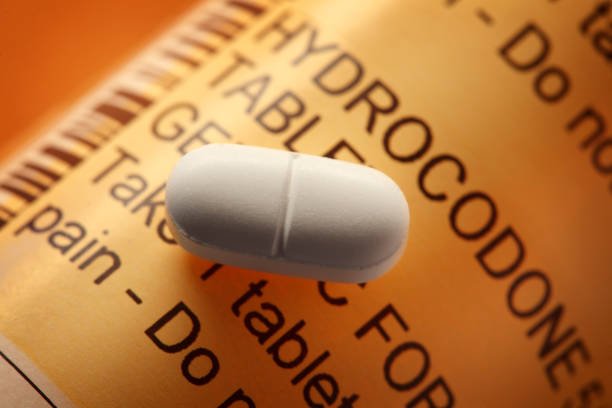
Hydrocodone (Vicodin)
Abuse Rate: Hydrocodone is widely abused, particularly in the U.S., contributing significantly to the opioid crisis.

Fentanyl
Abuse Rate: Synthetic opioids like fentanyl are involved in over 75% of opioid overdose deaths.
Take the First Step to Recovery
Your journey to healing begins here. Reach out today and start your path to a healthier, happier life. Our compassionate team is ready to support you every step of the way.
 Call us:(+233) 0531380360
Call us:(+233) 0531380360  Email
Email 
